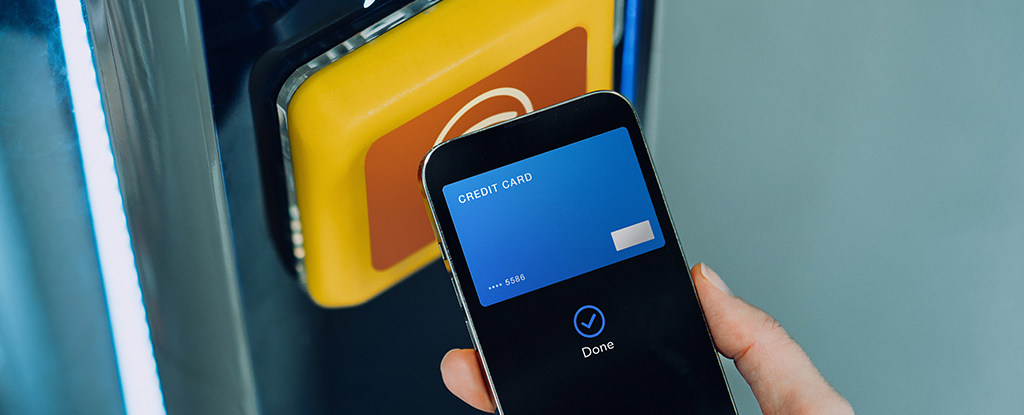Cash has served us well for over 3,000 years – with shells the forerunners to coins and notes – but we’re now seeing a definite shift to electronic payments in developed nations.
According to a new study, cashless payments are making us spend more than before, too.
A team from the University of Adelaide and the University of Melbourne in Australia conducted a meta-analysis of 71 previously published papers, looking at spending habits across 17 different countries.
It seems that tapping a phone or card on a terminal leads to us being less strict with our budget, compared to picking notes or coins out – perhaps because there’s no physical representation of how much is being spent.
“To prevent spending more than planned, we recommend consumers carry cash instead of cards whenever they can, as it acts as a self-control method,” says marketing researcher Lachlan Schomburgk from the University of Adelaide.
“When using cash, people physically count and hand over notes and coins, making the act of spending more salient. If nothing is physically handed over, it’s easy to lose track of how much is spent.”
The difference in spending was “small, but significant” the researchers say. It was greater for “conspicuous consumption” spending, which is buying items that signal status – so luxury clothing and jewelry, for example.
It’s a link that has been spotted before, but never across so many different experiments and interactions.
What’s more, payments made when donating or tipping were more or less the same when made with cash compared to cashless payment methods, the researchers found. Throwing coins into buckets for charity is going to be around for a while yet.
“Against our expectations, we found that cashless payments do not necessarily lead to greater tips or donations, in comparison to cash,” says Schomburgk.
A link was also found between more positive economic conditions and a greater cashless effect, though this decreased slightly over time. On the other hand, the level of inflation didn’t seem to affect cash versus cashless spending in the data collected.
They also found the cashless effect has gotten weaker over time, suggesting that as cashless payment methods have become more common, they have less impact on consumers. This habituation effect is likely to increase as the world moves toward a cashless society.
A factor that could be investigated in future research is whether the type of cashless spending used makes a difference – for instance, the use of credit cards compared with paying with Google Pay or Apple Pay.
The study authors are keen to extend their research into the most recent trends in spending and the newest payments technology, including cryptocurrencies and the host of buy-now-pay-later services available to us, to see what effects they are having.
“The transition towards a cashless society seems almost inevitable. I believe this research is crucial because it shines a light on an overlooked aspect of this transition: how payment methods influence our spending behavior,” says Schomburgk.
“This understanding can help empower us to make more informed purchasing decisions.”
The research has been published in the Journal of Retailing.





